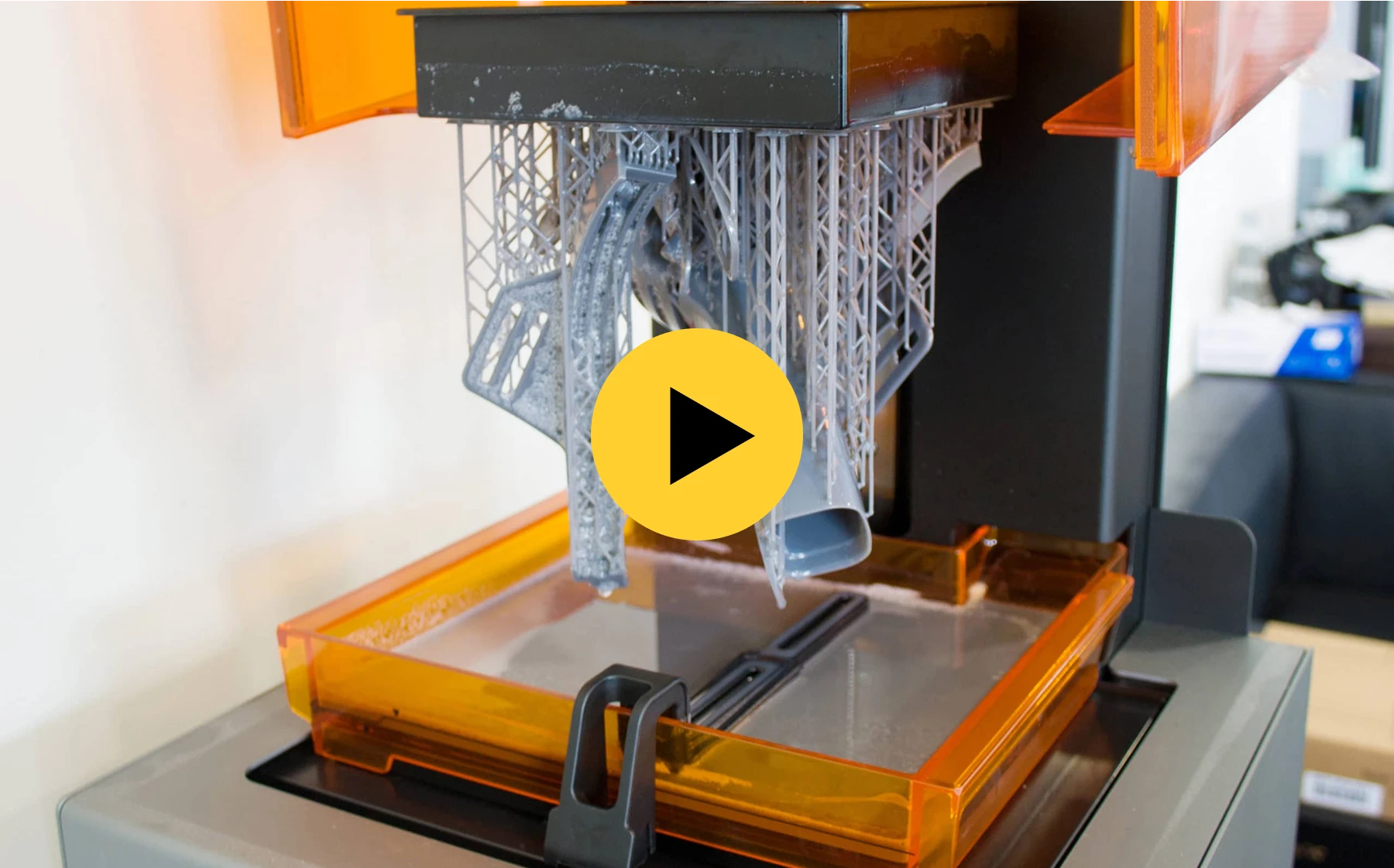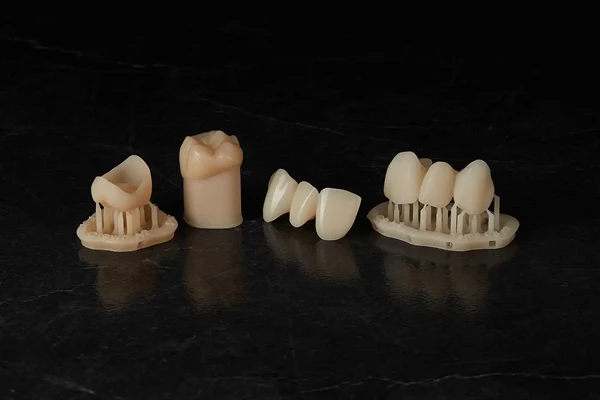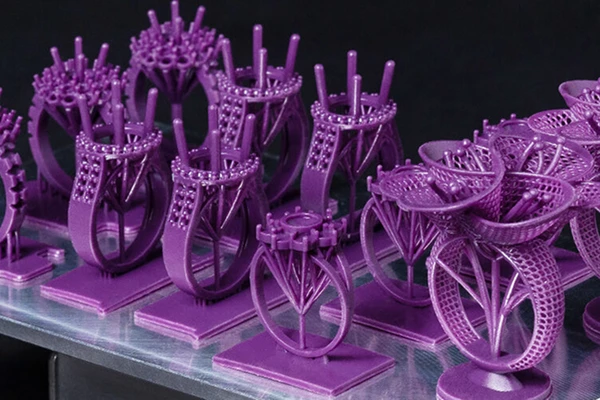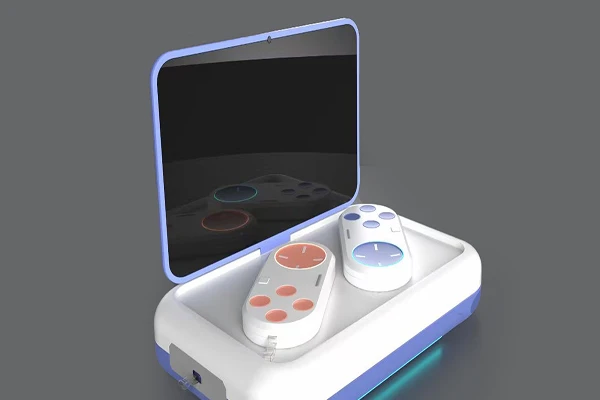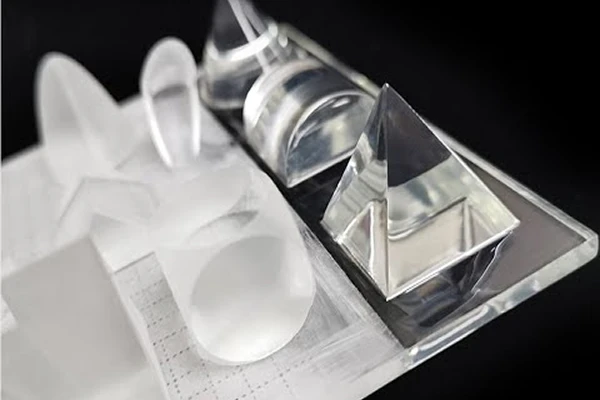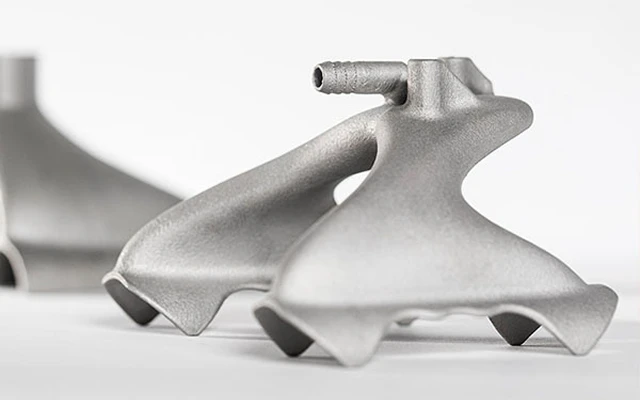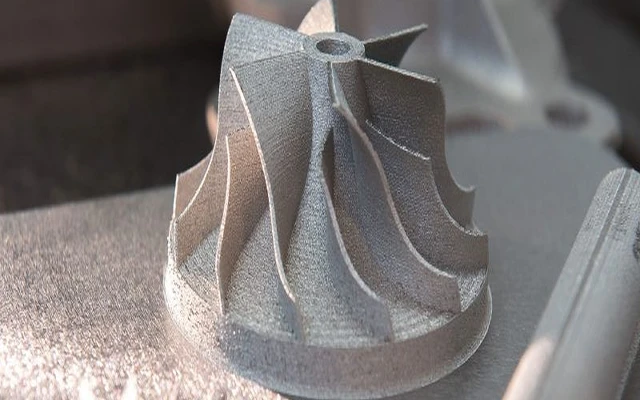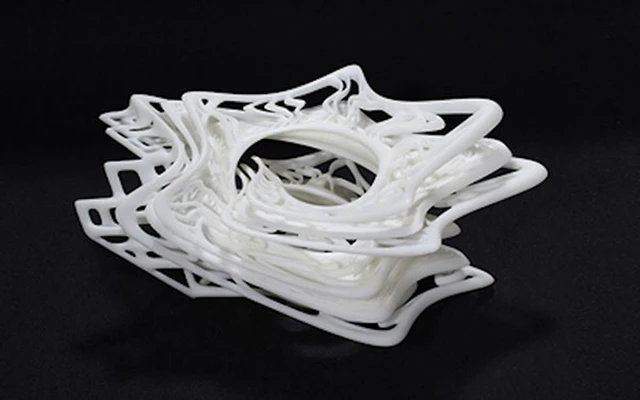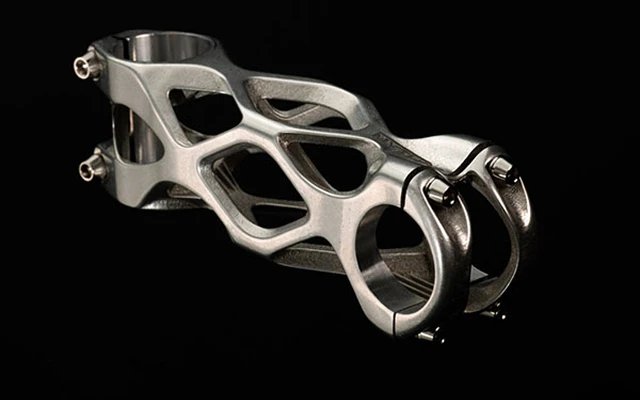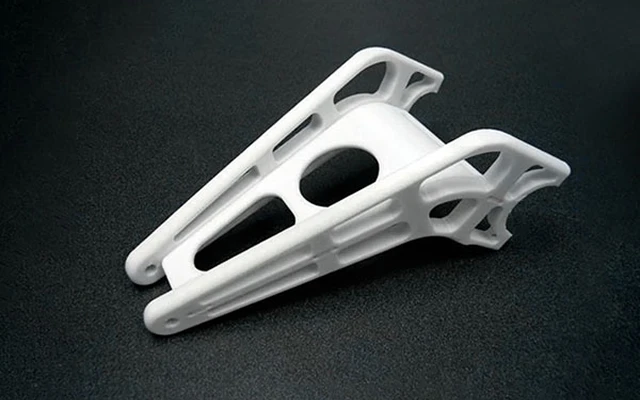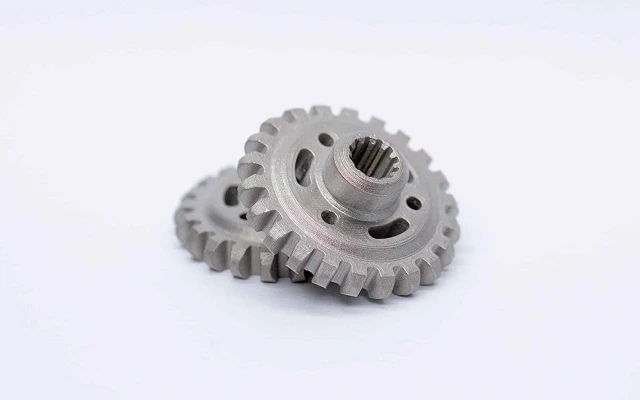Reliable Production Capabilities
Equipped with multiple SLA printers, we accommodate a wide range of part sizes and precision requirements. Our production strictly follows ISO-certified standards and is conducted in a temperature-and humidity-controlled environment to ensure consistent, high-quality results.
Versatile Material Options
We offer a wide selection of functional materials to meet diverse performance requirements such as strength, flexibility, and transparency. Our team can also help you identify the most suitable material solution to ensure the best outcome for your product.
Full-Service Post-Processing
We offer comprehensive post-processing services—including cleaning, sanding and polishing, UV curing, and coloring—to efficiently handle SLA-printed parts .We can meet diverse requirements for surface finish, visual appearance, and functional performance.
End-to-End Quality Assurance
We implement a comprehensive quality control process covering every stage—from pre-print model and real-time build to final part inspection. This ensures dimensional accuracy, surface finish, and structural integrity, delivering printed components you can rely on.

